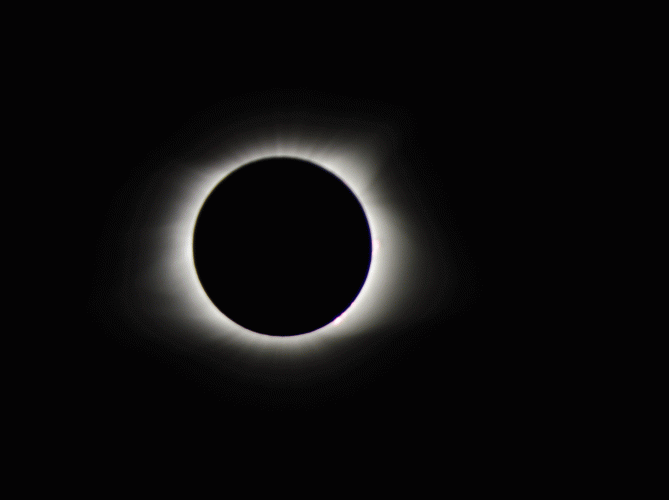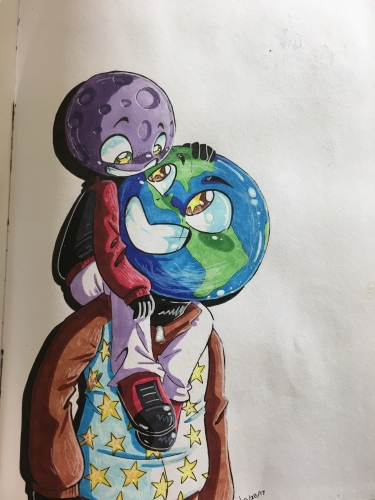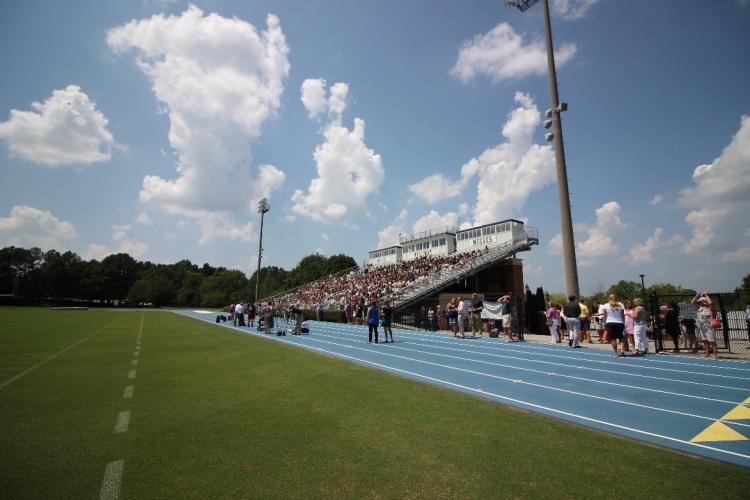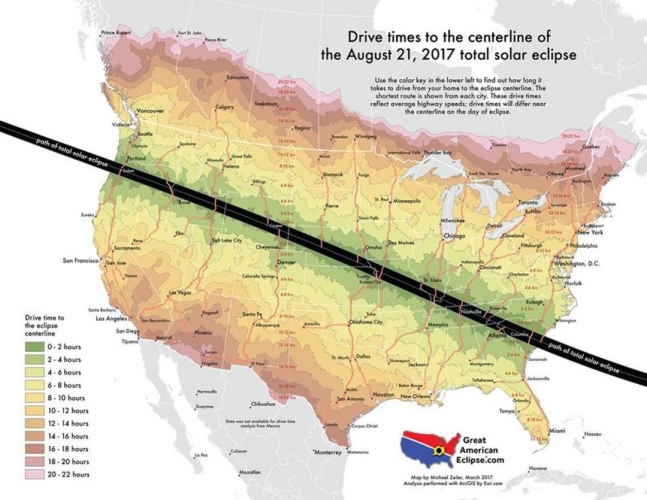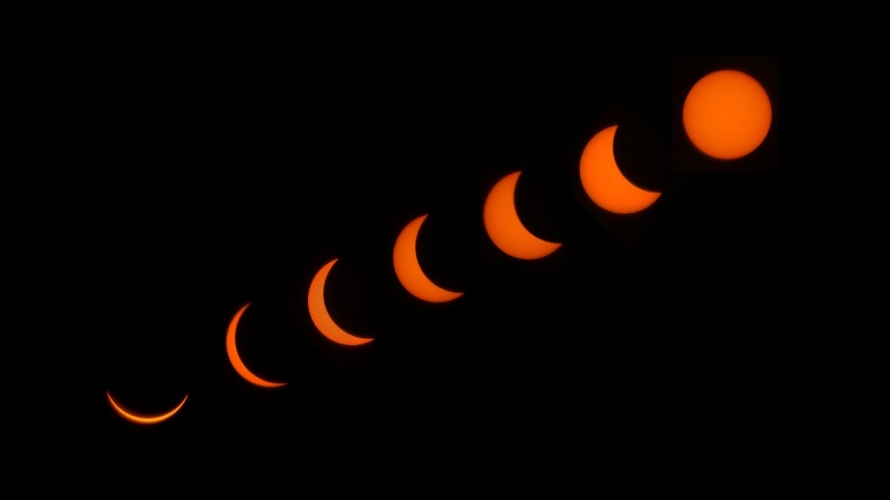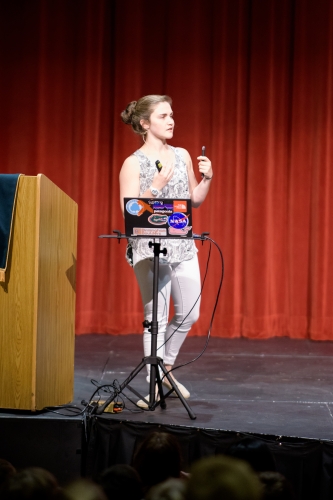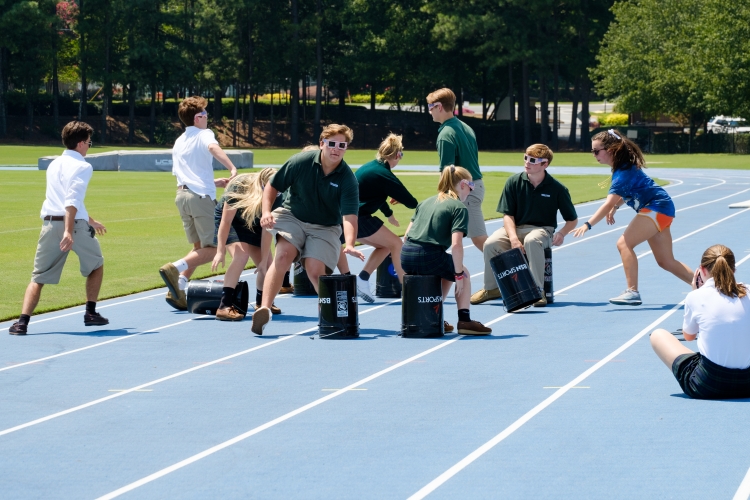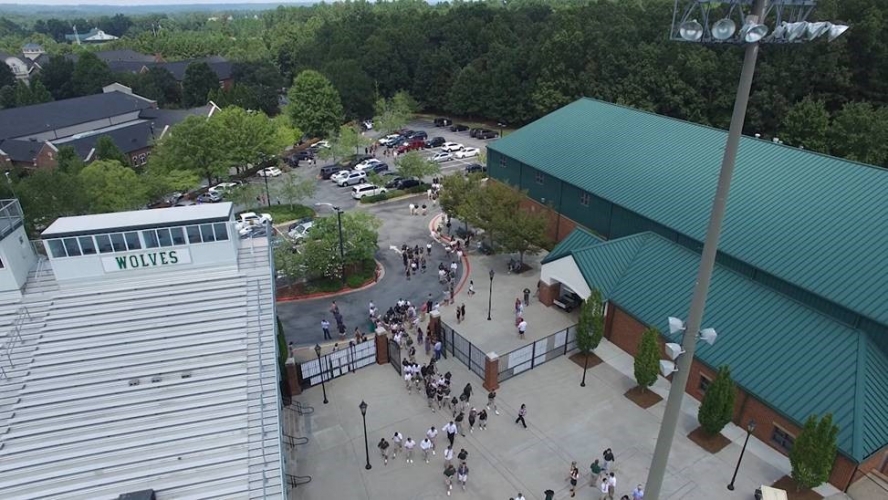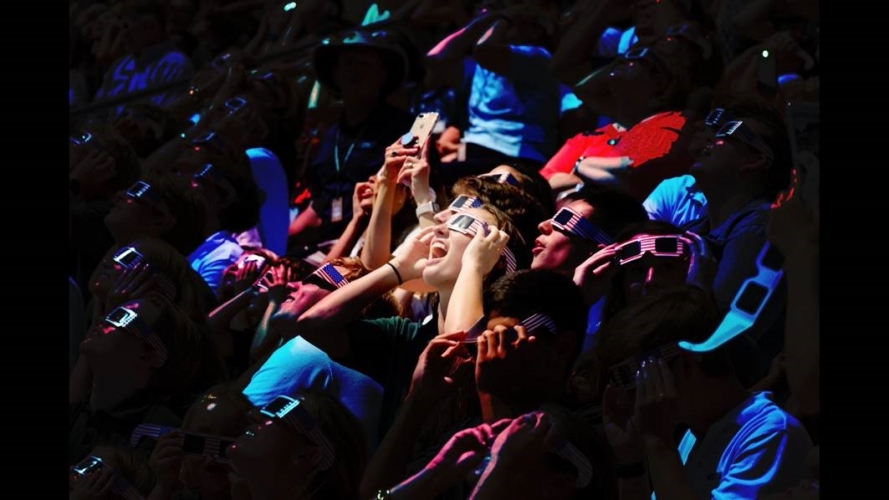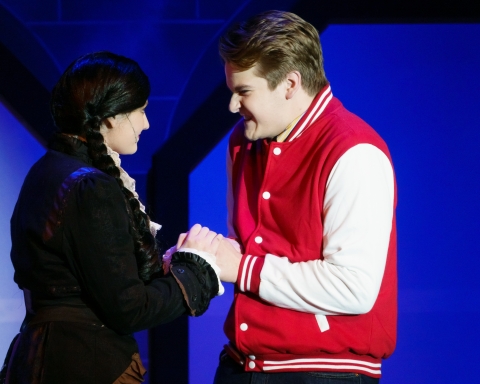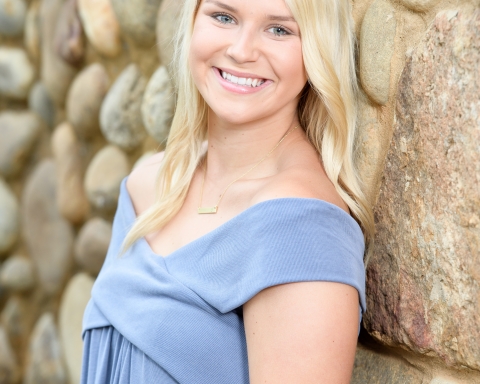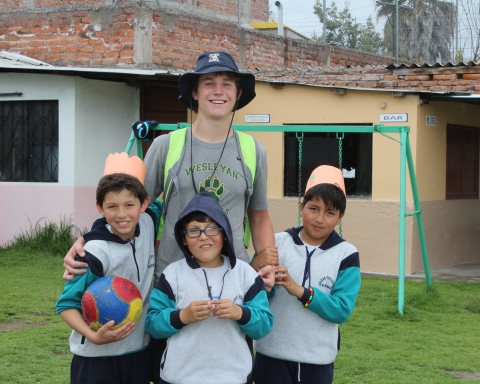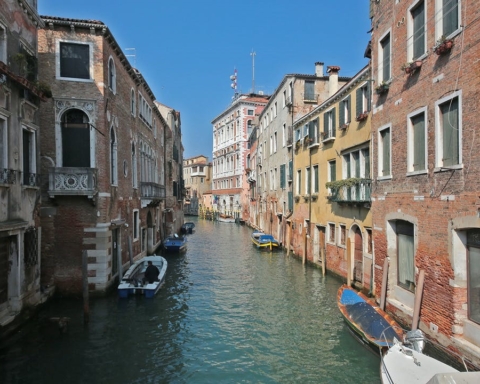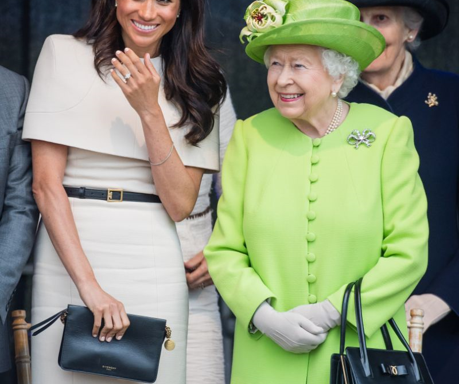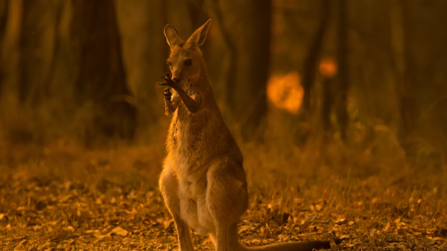On Aug. 21, all of Wesleyan School gathered in Henderson Stadium to watch the Great American Eclipse.
“The eclipse provide[d] us with a terrific opportunity to witness the beauty of God’s creation and the mystery of His handiwork,” said Headmaster Chris Cleveland.
Science department chair Anna Myrick said, “People were most fascinated by how such a tiny sliver of Sun could still create so much light for us. This is a reminder that the smallest acts of kindness and good deeds can spread the light of God’s Kingdom to so many.”
When asked what experiencing the eclipse would entail, Myrick said, “You will see the Moon cross in front of the Sun. The sky will dim by around 90% and drop about five degrees in temperature. There could be a cool breeze, an ‘eclipse wind.’ Shadows will be altered and the darkness will begin in the western sky. We could see Venus as a star (in the Western sky) and Jupiter (in the Eastern Sky). The darkest areas will be in the northern part of the sky where totality is occurring.”
Wesleyan alumna Christina Moraitis came to speak to all three divisions of students on Aug. 18. She sparked the interest and grabbed the attention of many students, persuading many to venture out to see the eclipse in totality. “There is a lot of mathematics that goes into predicting an eclipse. Scientists know the elliptical orbit speed and tilt of the Moon, so they develop formulas to predict such events,” said Sheppard.
Myrick said, “Scientists have calculations that predict when future eclipses occur. These calculations consider all the quarks of the Moon and Earth’s path as they revolve around the Sun. You can find many resources online with future eclipse locations and dates.”
Student Government president Kelsey Rappe said Wesleyan had “been working on this project and this special day ever since the spring of last year when the science department had the idea to bring the school together to watch the eclipse actually happen.”
Wesleyan brought “all three divisions of the school together for some eclipse-themed activities and to enjoy this natural phenomenon together,” said Rappe. All students left class at two o’clock and headed to Henderson Stadium where they received their ISO certified solar glasses to experience the eclipse first-hand and a Moon Pie to tie together the whole commemoration. Student Government hosted a pep rally with various games and contests “designed to foster the K-12 relationship of our school,” according to Cleveland.
Middle school science teacher Jen Sheppard said, “The certified solar eclipse glasses prevent damage to the retina. Regular sunglasses are not strong enough to protect our eyes from the Sun. It would be tempting to look at the Sun because it grows dim; however, the Sun is still extremely powerful and dangerous.”
“Unless you are trying to be like the chemistry poster ‘Carol’ I would recommend wearing your solar glasses anytime you are looking directly at the Sun. You are most at risk when its dark and your pupils start to dilate to allow much light in,” said science teacher Megan Trotter.
Before the eclipse, student government members Patterson Beaman and Rappe entertained the anxious crowd of spectators by leading a moon-walking contest and blindfolded version of musical chairs. From 2:30 p.m. to 2:38 p.m., the much-anticipated eclipse finally occurred. Wesleyan viewed the eclipse in 97% totality.
Though Wesleyan worked hard to ensure this was an unforgettable event for each student and teacher, Rappe said, “I believe the experience in itself is really what [made] it memorable and the fact that Wesleyan allow[ed] us to take time off of school to witness it together.”
This event was especially memorable for those teachers and students with a special interest in space.
Space enthusiast Laura Von Bargen, whose dream is to study black holes or dark matter at NASA, said, “The first time I remember being intrigued by space was in the fourth grade. In class one day we learned about how the planets rotated on an axis while simultaneously orbiting the Sun, which I thought was the coolest thing ever. We also learned about the phases of the Moon, which I then drew a diagram of for my dad as soon as I got home, and that little fourth grade diagram is still on display on his desk.”
Von Bargen said, “I think that most of the people who will be viewing the eclipse will think that it’s cool, but they won’t understand how incredibly perfect and precise the orbits and shadows of the Sun, Moon and Earth have to be for us to be able to experience it. I think it will just be really amazing to see everything coming together so perfectly.”
Lower school science teacher Sara Cooper, said, “I remember an eclipse when I was in elementary school, when I was about the same age as my students. It is a great childhood memory of mine. I look forward to sharing this celestial event with my students.”
Rappe said the eclipse is “something that we rarely ever get a chance to see,” and the viewing was “not your everyday Wesleyan assembly.”
Myrick said, “Astronomers and eclipse chasers say this is the greatest astronomical spectacle and the natural wonder in the world, especially in areas of totality. For me, this is one of the many ways that God has created perfection within our world on a large scale, for us to witness the glory of His kingdom.”
Article co-written by Kelly Roth and Sydney Anderson.

